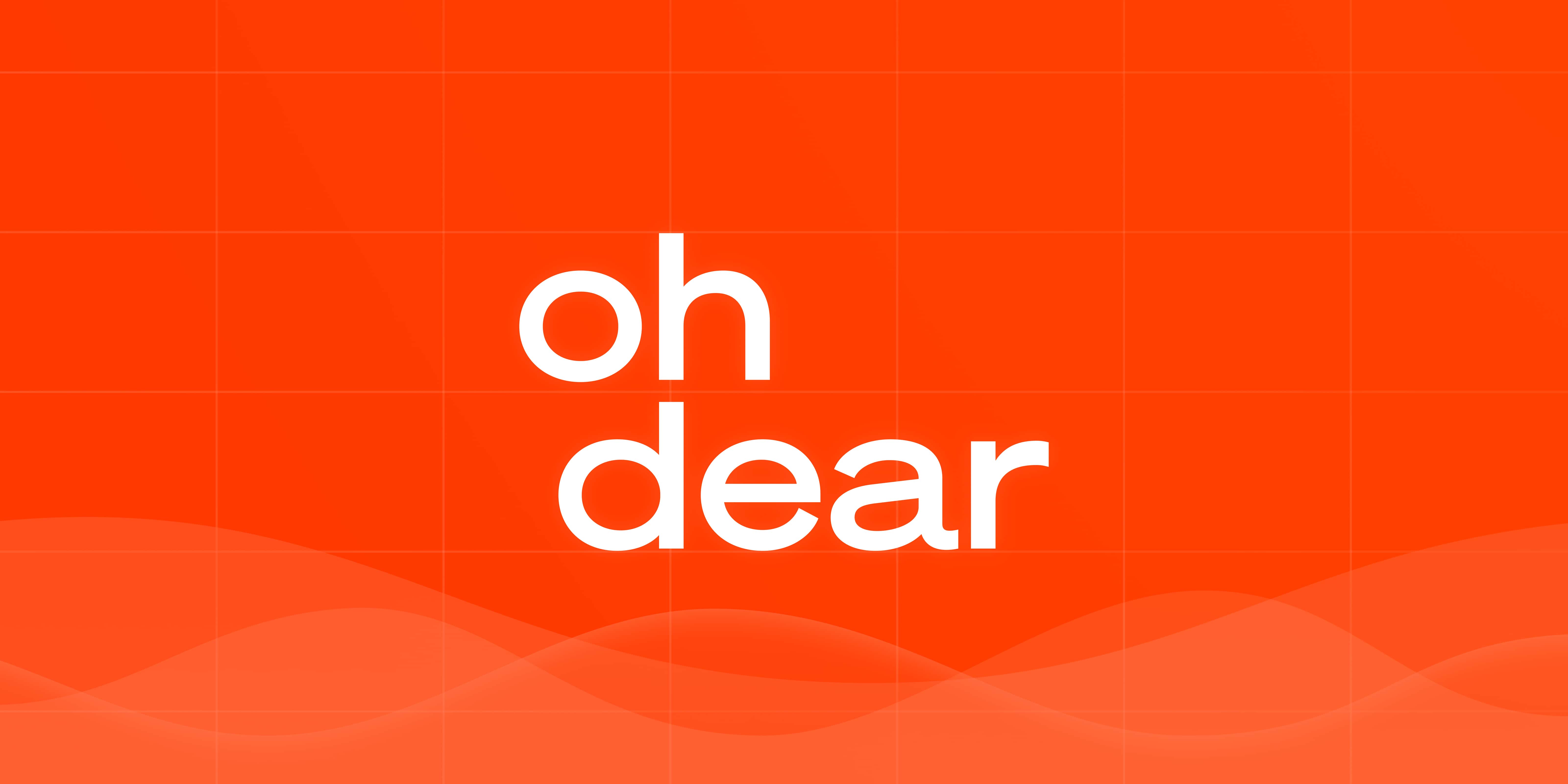DevOps Articles
Curated articles, resources, tips and trends from the DevOps World.
Observability 2.0: Much more than the Three Pillars
Summary: This is a summary of an article originally published by DevOps.com. Read the full original article here →
Observability 2.0 goes beyond traditional monitoring by emphasizing the importance of understanding system behavior from the user's perspective. It integrates various metrics, logs, and traces, allowing teams to gain deeper insights into the performance and reliability of their applications.
The article discusses how modern observability tools help DevOps teams to identify and resolve issues faster, ultimately improving the user experience. By adopting a more holistic approach to observability, organizations can not only react to problems but also proactively identify potential regressions before they affect users.
Moreover, the integration of artificial intelligence and machine learning within observability frameworks is highlighted, as these technologies enhance the ability to analyze data at scale. This capability is essential for teams operating in complex cloud-native environments, where traditional monitoring practices may fall short.
In summary, Observability 2.0 denotes a paradigm shift in how DevOps teams manage applications and systems, fostering a culture of continuous improvement and resilience in delivering high-quality software solutions.
Product
Useful Links
Made with pure grit © 2025 Jetpack Labs Inc. All rights reserved. www.jetpacklabs.com





